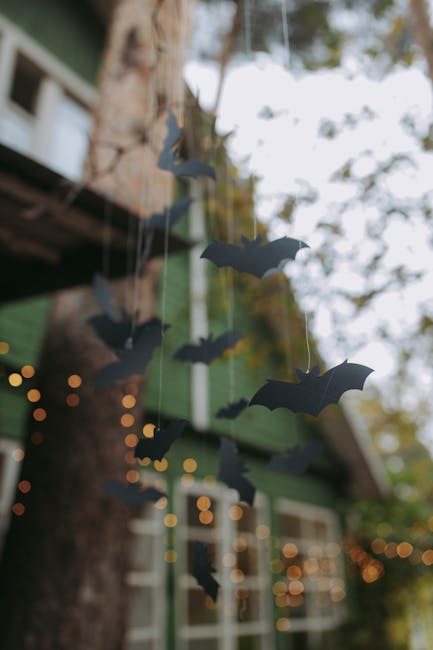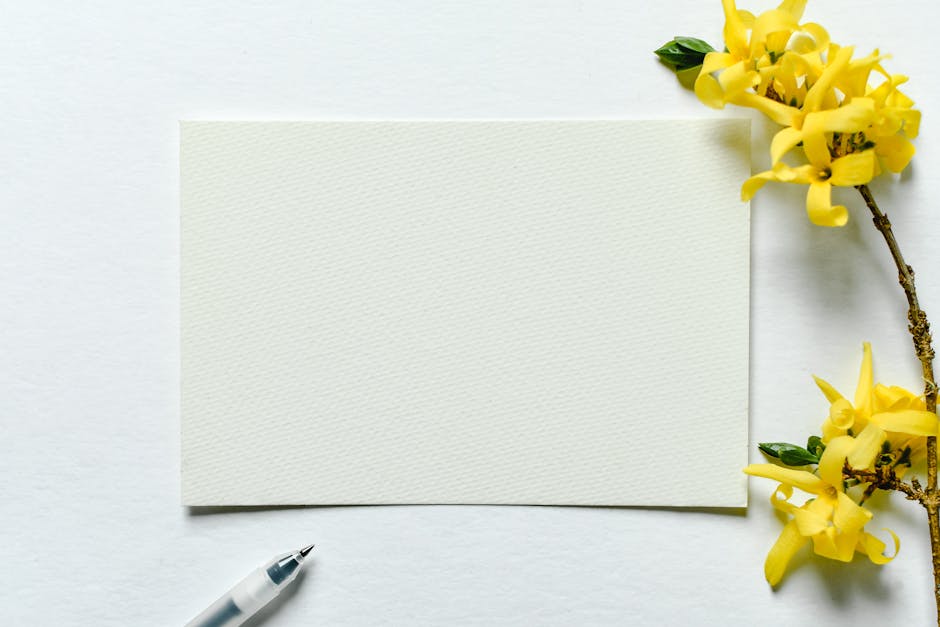
Crafting Floral Masterpieces from Your Garden
If you have a garden, you’re already equipped to create stunning foliage arrangements. By combining seasonal leaves, flowers, and branches, the creative possibilities are endless. With a few expert tips, you can craft gorgeous centerpieces for your home or thoughtful gifts for loved ones. Floral arranging is an ancient art, spanning from the minimalist beauty of Japanese Ikebana to the lush, vibrant designs of European styles. Let’s dive into how you can express your creativity with nature’s bounty!
Define a Theme for Your Floral Arrangement
Start by strolling through your garden to see what’s available. Look for leafy branches, English ivy, budding roses, mums, bittersweet, or even mini pumpkins. Your arrangement can reflect two key elements: the season and the atmosphere you want to create. Hosting a tea party for your mom? Try rosebuds and ferns in a charming teacup on a saucer. Planning a Halloween party for kids? Carve a pumpkin, line it with plastic, and fill it with berries and vibrant blooms. Containers can range from rustic tin buckets to elegant crystal vases—use your imagination!
Flower Arranging 101: The Basics
A classic floral design often includes three key components: greenery, focal flowers, and filler flowers. Here’s how to structure your arrangement:
- Greenery: Think ferns, ivy, evergreens, and branches. Add these to your container first to create a supportive framework for the flowers.
- Focal Flowers: These are the largest, most striking blooms in your arrangement, like roses or dahlias. They’re the stars of the show, drawing attention as the centerpiece of your design.
- Filler Flowers: Smaller blooms like limonium, statice, or baby’s breath add a light, airy touch. They fill gaps between greenery and focal flowers, adding a delicate, lacy accent to the arrangement.
Choosing the Right Container
Any vessel that holds water can become a stunning base for your floral display. When selecting a container, ask yourself:
- Is it clear or opaque?
- Is it vertical (like a vase) or horizontal (like a bowl)?
Here’s how to approach each type:
- Clear and Vertical: Stems will be visible underwater, and the vase naturally supports tall flowers, greens, and branches.
- Clear and Horizontal: Stems are visible, but support is limited. Use a “flower frog” or “kenzan” (a spiked metal base for stability) to hold flowers in place.
- Opaque and Vertical: Similar to clear vertical vases, these provide good support for tall arrangements.
- Opaque and Horizontal: Use water-absorbing foam bricks or a flower frog for stability. Soak foam per instructions, cut to fit, and insert stems for a secure design.
Keep in mind a golden rule: Less is more. Avoid overcrowding to let each element shine in your arrangement.
Selecting Flowers and Greenery from Your Garden
Grab a pair of shears and a bucket with about four inches of water. Head to your garden and look for flowers at their peak of beauty—these will be your focal flowers. If multiple options are blooming, choose a variety for added depth. For instance, sturdy-stemmed dahlias make excellent focal flowers. Cut stems as long as possible at a 45° angle, strip leaves and thorns from the bottom four inches, and place them immediately in water to maintain freshness.
Next, select structural greenery like ferns, vines, evergreens, or deciduous branches. Consider textures and colors that complement your focal flowers. Finally, pick filler flowers that won’t overshadow the focal blooms but will enhance the overall look. Cut and prep them the same way, ensuring they’re ready for arranging.
Design Basics for Balanced Arrangements
While creativity is key, a few guidelines can help achieve visual harmony. A general rule of thumb for height is that flowers and foliage should be 1.5 to 2 times the height of the container. Measure your vase or bowl, then trim stems accordingly for a balanced look. Once you’re comfortable with the basics, feel free to experiment with bolder, more daring designs.
Step-by-Step Guide to Crafting Your Arrangement
Follow these simple steps for an easy yet stunning floral display:
- Choose an interesting container and line it with a waterproof layer if needed.
- Decide if the arrangement will be viewed from all sides (symmetrical) or face forward (asymmetrical).
- Soak water-absorbing foam per instructions and cut it to fit snugly inside the container, leaving a corner for watering.
- Remove greenery from the bucket, trim to desired length at a 45° angle under water, and insert into the foam.
- Add focal flowers among the greenery in a pleasing pattern, pushing stems deep into the foam for stability.
- Fill gaps with filler flowers or berries for added texture and color.
- Place the finished arrangement out of direct sunlight to maximize its lifespan.
If you change your mind about placement, gently remove stems from foam, rinse, and re-cut under water to ensure they stay fresh.
Handy Tips for Long-Lasting Arrangements
For vases without foam, trim excess leaves above the waterline to prevent rot and fouling. Backyard flowers often have a shorter vase life than florist blooms, so daily care is essential. For foam-based designs, keep the foam moist by watering through the open corner. For vases, remove flowers daily, trim stems at a 45° angle under running water, and replace with fresh water and flower food. With proper care, your arrangement can last up to two weeks.
Get Creative with Floral Designs
Start simple, but don’t be afraid to experiment. The more you practice, the more imaginative your designs will become. Try arranging dried flowers and greenery at the end of the season using dry foam blocks and florist’s wire for reinforcement. Spray finished pieces with hairspray and dust lightly for everlasting keepsakes. For added flair, incorporate decorator stones, curly wire accents, or metallic-painted branches in silver or gold.
Floral arranging is a rewarding hobby that lets you bring the beauty of the outdoors inside. Whether decorating for a special event, planning a party, or refreshing your home with vibrant garden blooms, this art form is accessible to everyone. What flowers have you arranged from your backyard? Share your creations and ideas in the comments below!
© Ask the Experts, LLC. All rights reserved.






